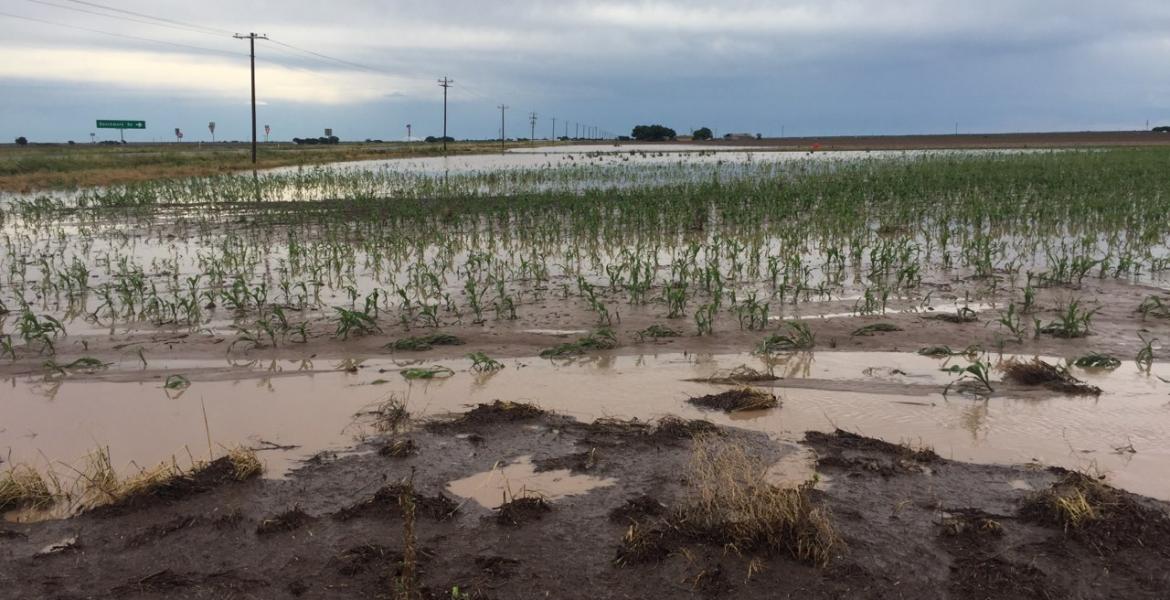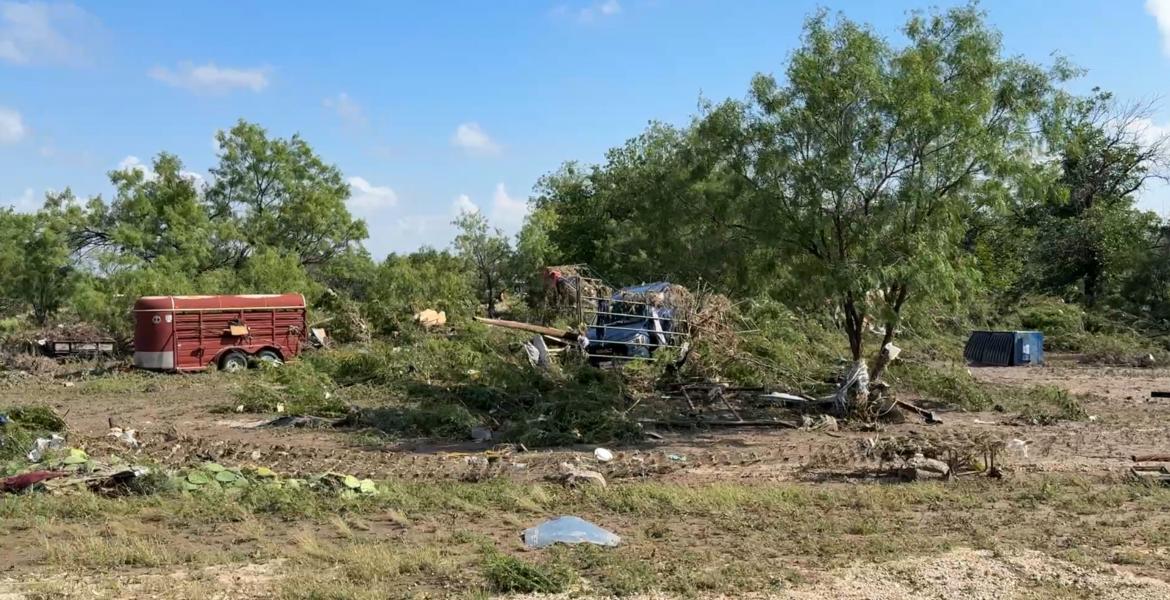As the City population continues to grow, changes may have to be made to the City’s storm water plan, tasked with cleaning up water that after rainfall flows into our rivers, lakes and streams. City Operations Director Shane Kelton came before City Council at a special evening meeting Thursday to update on what has been done since the storm water plan was implemented, as well as discuss things that will need to be considered for the future.
The City’s storm water plan stems from a set of clean water acts passed in the ‘70s and ‘80s. In 1987, a water quality act was passed that mandated municipalities begin cleaning storm water that flows down city streets into other tributaries, Kelton explained. The requirements were rough and didn’t really provide many guidelines, so the City paired with the Upper Colorado River Authority and engineering firm Freese and Nichols to develop a master plan.
“We built our plan to what we thought would be the minimum standards that we have to do to meet the minimum standards of the state,” Kelton said. “Once we built that plan, we didn’t have any way to pay for it, so to pay for it we created the storm water fees that people see on their water bills.”
The storm water fees citizens pay are tiered and based upon size of impervious surface. Those in larger dwellings and in large commercial structures pay more than those in smaller buildings.
Presently, the storm water department is responsible for various engineering, maintenance, capital improvements and other projects that affect the waterways throughout the city. Regular operations include mowing 326 acres of land, cleaning storm drains and street sweeping some 1,050 curb miles annually, accounting for 4,000 tons of collected rubbish.
The storm water department additionally has completed several projects, including stabilization and erosion prevention, as well as conduit repair and culvert replacement on several streets throughout the city. Capital improvement projects such as riverbank stabilization on the Concho, the Ave. P. project and the Red Arroyo walking trail are also tied to the storm water department.
Despite the long list of responsibilities, Council members have received complaints from citizens who wish to know what the fees are being used for.
“I referred to the minutes of City Council on 2-19-2008 and in those minutes, in a presentation that was given to us about storm water…Mr. Dickson talked about erosion and the underground gutters that needed to be repaired since the implementation of storm water fees,” Councilwoman Charlotte Farmer said. “In there it said that at that time y’all had identified 42 locations…and that those 42 locations need to be addressed immediately because of public safety and property damage…I am curious as to…how many of those 42, since the implementation of storm water fees, have been repaired…” she said, noting that it was stated the department needs $2-4 million per year for operations.
“Some people say that in the 2013 Census San Angelo came in a 93,200 people with 36, 117 households and 22,910 of those are families…at a minimum, 22,000 people paying $4 in storm water fees…that’s $88,000 a month coming in for storm water fees,” Farmer continued. “That does not include any commercial business. The fees based upon the minimum we should get is 1,056,000 per year…What people are complaining about is not seeing any storm water repair. Where has the money gone?”
Farmer noted that she was aware equipment was needed to begin operations, but had heard from several in her district that hadn’t noticed any storm water clean up or maintenance being done. She also mentioned that she had seen several expenses, including $1.012 million for salaries come out of storm water.
“What doesn’t sit well with the citizens is when the storm water pickups that are the nicest pickups in the world…but they’re the double cab, dual cab, nice, big, fancy pickups and they don’t see that as maintaining and cleaning up storm water,” she said. “I’m not picking on you, I’m not picking on Ricky [Dickson], I’m just telling you that’s what I’m hearing.”
Kelton responded that there have been some changes as to how the salaries are paid that affect the figure Farmer named. He also stated that equipment was a large expense, and includes things such as tractors and shredders, a backhoe, pickups and street sweepers. Because a lot of the projects deal with underground components, the work done may only be apparent while it’s in progress and not so obvious after completion. Kelton said he would work with the City’s public information office to get more of that information out to the public.
The City of San Angelo is currently a class three municipality, a classification administered on the basis of population. If the population rises to 100,000, the city will move into class four, which will require extensive preparation on behalf of the City and the storm water department, Kelton advised Council Thursday.
“As we move over 100,000 population, our storm water event monitoring, the actual inspection of construction projects, construction sites, industrial sites, those kinds of things are going to have to pick way up,” Kelton said. “Those are just some of the quick things we’ve seen as we’ve been able to view the new state permit for the class four cities. We’ve started to review the requirements for that next level and we haven’t had a whole lot of time to do that honestly, but we’ve started into it and those are some of the things that we see that we know we’re going to have to step up on.”
Kelton said that they will have to start allocating more time to planning for the transition, as population estimates are indicating a high possibility of the population rising as we move into the mid-term Census.
With the possible population increase, change of classification and additional responsibilities, it could be that storm water will need to raise its fees. Whether or not additional funding will be necessary remains to be seen and a decision to raise the fees rests predominantly with Council. Kelton says he will have a better idea of what a class change would mean when he has more time to look into the differences. Those findings will be presented to Council at a later date.
Subscribe to the LIVE! Daily
Required






Comments
Listed By: Red Neck
- Log in or register to post comments
PermalinkListed By: Michael Wilkins
- Log in or register to post comments
PermalinkListed By: Doctor Ding-bat
- Log in or register to post comments
PermalinkListed By: Charlotte Farmer
- Log in or register to post comments
PermalinkListed By: Chelsea Reinhard
Thanks, Charlotte. Sometimes the matters are a lot to grasp in lengthy Council discussion, but we always try to report the facts and ask for clarification when something is cloudy.
- Log in or register to post comments
PermalinkListed By: Jim Turner
- Log in or register to post comments
PermalinkPost a comment to this article here: